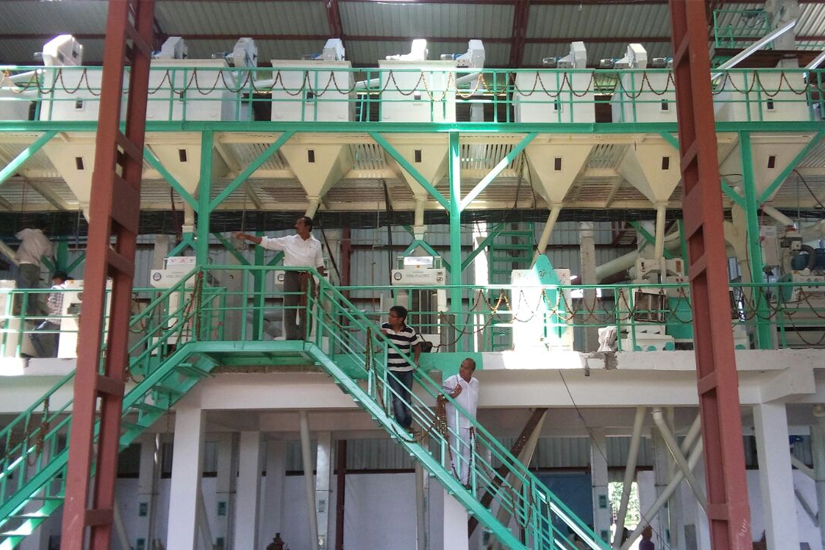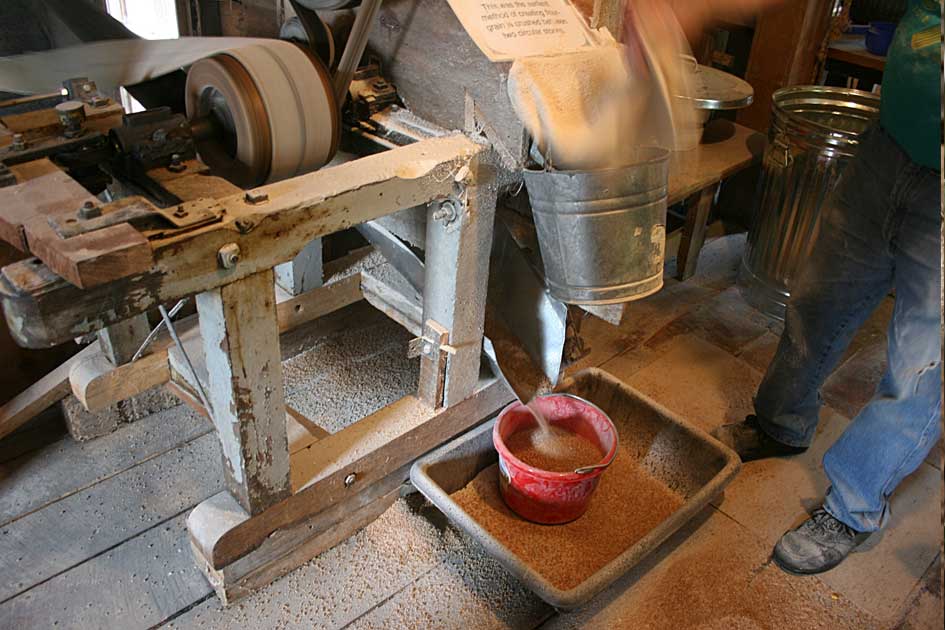Do you like cakes? You must love them, but have you ever wondered about the story behind the flour that is used to create such a heavenly sweet thing? Well, wheat is what converts into flour and then into your cake.
Wheat is an essential part of our diet without which no Indian’s food is complete! But do you know where it comes from? The thing is when grain is ground in a flour mill machine, it converts into wheat. The wheat grinding machines are basically the connector that makes the whole process of this transformation complete.
So, today, we are going to know what actually happens to a grain when it is milled by a flour mill machine. Take a look:
There are hundreds of varieties of wheat that are milled in the mill plants. During the milling process, the various parts of the wheat grain are used to create different flour types.
The days of milling process that involved grinding the grains of wheat between the two large wheels are long gone. Now, the modern wheat grinding machines do the whole job. It consists of steel rollers that sit a bit apart from each other.
The wheat is first cleaned and conditioned which is then blended. Here, different kinds of wheat are combined to produce a mix that can, later on, create a fine quality of flour.
During the milling process, the wheat grain gets fragmented into various parts that are separated when it is passed through the arrangement of sieves that is quite a bit complex. The wheat is not crushed but rather split open to separate its two skins.
The white endosperm particles of wheat are known as semolina that is further channeled into deduction rolls for final milling where it converts into white flour. The wholemeal flour has all the parts of grain while brown flour doesn’t include any wheat germ and has also less amount of bran.
During this modern milling process, the bran particles are removed from the endosperm. The endosperm is grounded into the flour while ground stock gets sifted. The final part of the whole milling process is sifting after which the flour is automatically packed into the bags that are then sent to the shops for the selling. The leftover part that is bran is sometimes used as an animal feeder or in breakfast cereals.
At these milling plants, proper inspections and tests are made for the healthy production of flour. However, the heating processes destroy any pathogens present in the flour and reduce the risk of foodborne illness.
The nutritional value of the flour is not at all determined by the method of milling but if it is wholemeal, brown or white.
 MAIL US :
MAIL US :
 CALL US :
>
CALL US :
>


